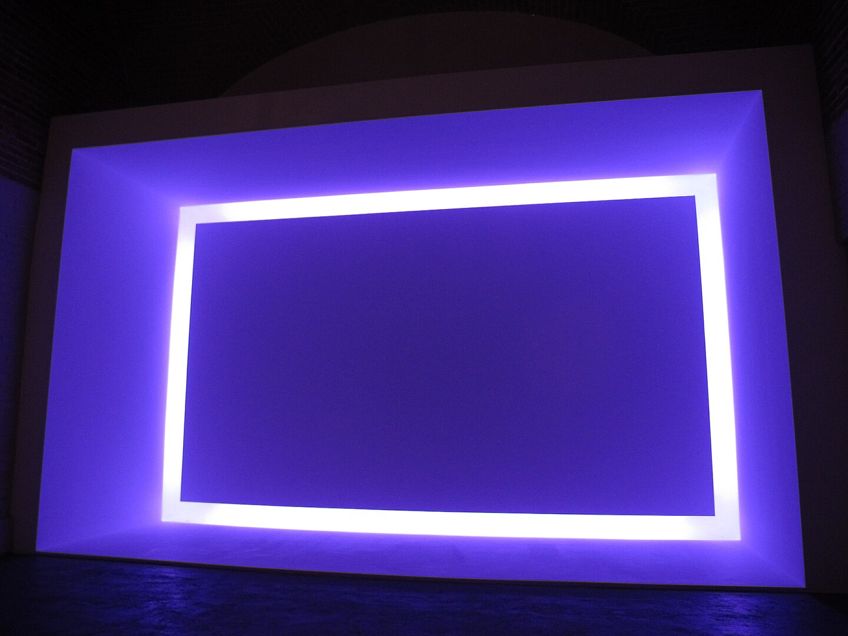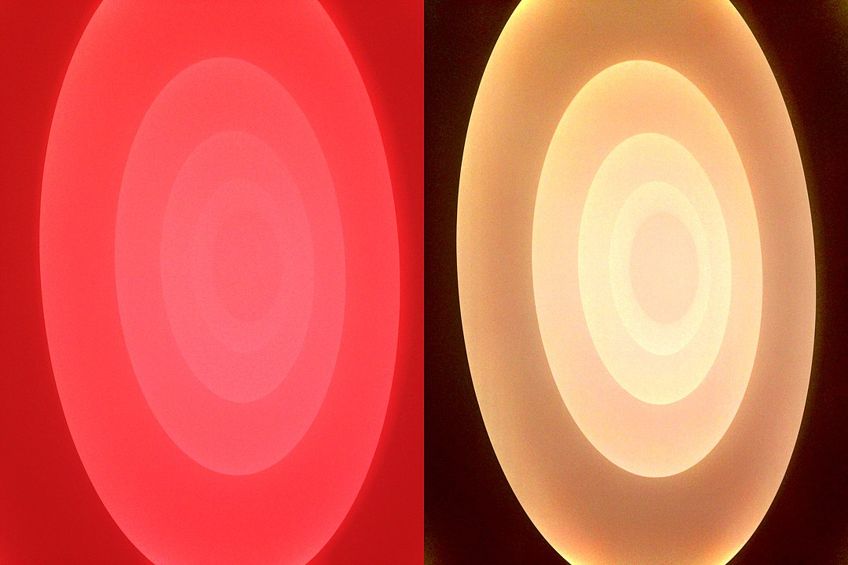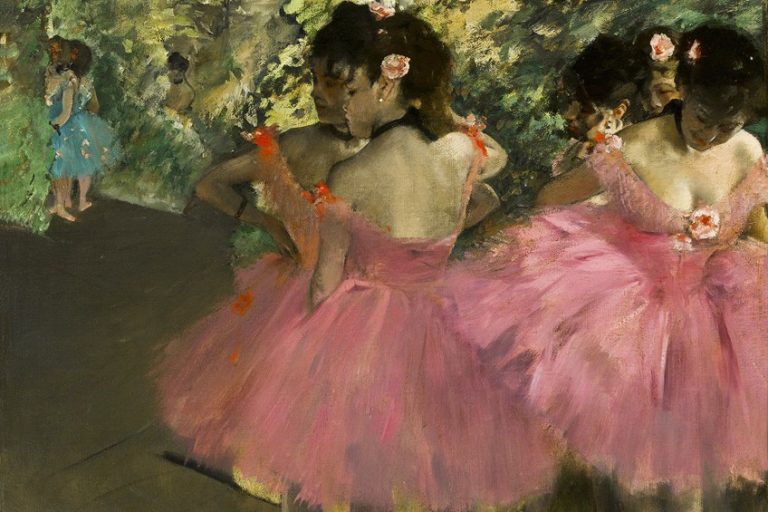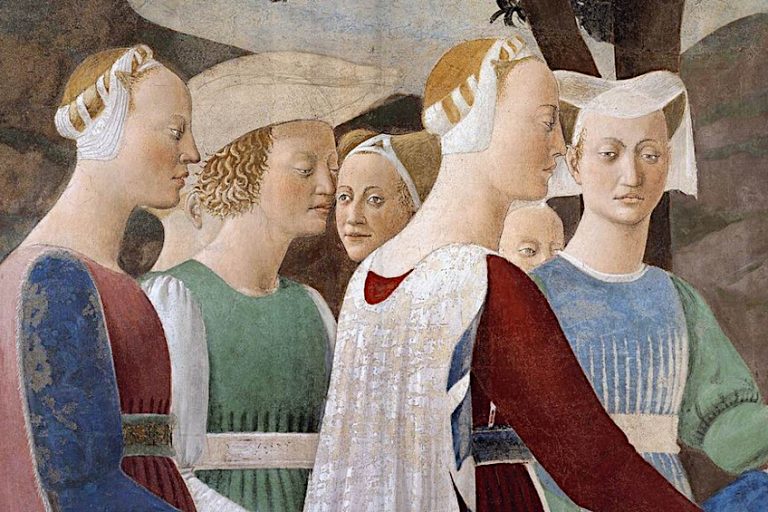James Turrell – Human Perception, Light, and the Cosmos
James Turrell is a contemporary artist whose work transcends traditional boundaries, blending art, light, and space to create immersive experiences. Renowned for his exploration of perception and the manipulation of light, Turrell’s installations often evoke a sense of wonder and introspection. Through his mastery of light and its interplay with architectural elements, Turrell invites viewers to question their visual perceptions and engage with art in new and profound ways. In this article, we delve into the life, artistry, and impact of James Turrell, uncovering the mesmerizing world he creates through his transformative use of light.
Key Takeaways
- James Turrell is a transformative figure in contemporary art, known for his mastery of light and space.
- His works often involve immersive installations that alter the viewer’s perception of space using light.
- Turrell’s Roden Crater project exemplifies his innovative approach in creating experiential art that explores the nexus of human perception, light, and the cosmos.
The Artist and His Background
| Birth | May 6, 1943 |
| Death | Present |
| Place of Birth | Los Angeles, California, United States |
| Genre of Work | Light art, installation art, and land art |
James Turrell is an American artist whose significant contributions have altered the landscape of contemporary art, particularly within the Light and Space movement. Turrell has forged a path as an artistic innovator who uses light itself as a medium, intricately manipulating it to alter the perception of space. His background, blending an education in psychology with his experience as a pilot, has provided him with a unique perspective on the way humans interact with and understand the environment around them.

Turrell’s body of work is expansive and often involves large-scale installations that invite viewers to engage with the interplay of light, color, and space. His pieces often consist of rooms designed to manipulate natural and artificial light, creating ethereal experiences for those who encounter them. Notably, Turrell transformed Roden Crater, an extinct volcanic cinder cone in the Arizona desert, into a monumental work of art and celestial observatory. This particular endeavor exemplifies his commitment to exploring the connections between light, perception, and the experience of space.
Through his installations, Turrell not only redefines the concept of what art can be but also offers profound, meditative encounters that challenge our sensory perceptions.
Early Influences and Education
Born on May 6, 1943, in California, James Turrell’s Quaker upbringing profoundly impacted his conceptualization of light and space. This spiritual dimension has consistently permeated his work, reflecting the Quaker practice of “inner light.” Turrell pursued his education in California, attending Pomona College, where he obtained a degree in psychology in 1965. He also studied art at the University of California, Irvine, enriching his artistic vocabulary and solidifying his unique perspective that would shape his future works.

Key Milestones and Awards
Turrell’s career has been distinguished by significant accomplishments and recognitions:
- 1984: He was awarded the prestigious MacArthur Fellowship, acknowledging his exceptional contributions to the arts.
- 2009: The James Turrell Museum dedicated to his work was inaugurated at Bodega Colomé in Argentina, further cementing his legacy.
Turrell’s ongoing project, Roden Crater, an observatory created within a natural cinder cone crater in Arizona, remains a testament to his long-term commitment and vision as an artist.
Despite the grand scale and lengthy process, Turrell’s Roden Crater project highlights his dedication to exploring the nexus of art, science, and nature.
Signature Works
James Turrell’s artistic exploration is deeply rooted in his manipulation of light and space to alter perceptual experiences. He has created several monumental works that invite viewers to engage with the interplay of light, perception, and the environment. Three such significant series that exemplify Turrell’s practice are the Roden Crater Project, the Skyspaces, and his Ganzfeld Installations.

Roden Crater Project
Initiated in the late 1970s, the Roden Crater Project is an unprecedented work where Turrell is transforming a natural cinder cone volcano in the Arizona desert into a massive observatory. Aimed at celestial observations with the naked eye, the project is lauded for its combination of art, architecture, astronomy, and engineering.
Even though the Roden Crater is still a work in progress, its scale and ambition exemplify Turrell’s dedication to his vision of light and space.
Skyspaces Series
The Skyspaces series consists of architectural spaces with an aperture in the ceiling open to the sky. Turrell’s Skyspaces are designed to facilitate a personal encounter with the ever-changing sky, emphasizing the natural light during sunrise and sunset. They are often accompanied by artificial lighting that alters the viewer’s perception of the sky’s color. Notable examples include installations at the Los Angeles County Museum of Art and the Guggenheim Museum.

Ganzfeld Installations
Turrell’s Ganzfeld Installations are immersive environments that create the optical phenomenon of the Ganzfeld effect. By using homogeneous and unstructured fields of light, these works induce a disorienting and profound sensory experience, challenging the viewer’s depth perception.
Prototypical of Turrell’s Ganzfeld pieces is “Light Reignfall,” presented at the Los Angeles County Museum of Art, where participants enter a spherical chamber to experience a luminous and colored void.
Museum Exhibitions
James Turrell, renowned for his artistic exploration of perception, light, color, and space, has been featured in multiple museums across the globe. His work transforms conventional spaces, inviting visitors to experience the interplay of light and architecture in new ways.
The Guggenheim Museum in New York hosted a significant exhibition from June 21 to September 25, 2013. Central to this exhibition was Aten Reign (2013), a site-specific work that reimagined the museum’s rotunda, altering the visitor’s encounter with this iconic space.

Turrell’s retrospective at the Los Angeles County Museum of Art (LACMA) showcased nearly fifty years of his career. The exhibit included a range of works from early geometric light projections to installations aimed at sensory deprivation and fields of colored light.
The Massachusetts Museum of Contemporary Art (MASS MoCA) featured an installation titled Perfectly Clear (Ganzfeld). This work is part of a series designed to question and draw attention to the process of perception, offering an immersive experience through light and color.
In Athens, the Gagosian Gallery presented Light of the Presence in April 2024, which highlighted two of Turrell’s works from his Glass Series. The exhibition emphasized Turrell’s ongoing exploration of light as a medium and its perceptual effects.
Turrell’s exhibitions are characterized by their ability to create an intimate dialogue between the viewer and the phenomenological aspects of light. Each museum installation is a unique encounter, meticulously crafted to challenge and expand the boundaries of visual perception.
Philosophy of Light and Space
James Turrell’s work is a profound exploration of light and space that delves into the psychological aspects of perception and weaves in the natural environment. His art is not merely observed; it is experienced.

Influence of the Light and Space Movement
The Light and Space Movement, originating in Southern California in the 1960s and 1970s, leaves a distinct imprint on Turrell’s philosophy. The movement sought to create works that enhanced the viewer’s sensory experience through phenomena such as light, volume, and scale.
Turrell’s installations, influenced by this movement, focus on the interplay of light and space to create ethereal experiences.
Psychology of Perception
Turrell’s work is grounded in the Psychology of Perception. By creating environments suffused with light, he manipulates visual and spatial references, challenging viewers’ perceptions of depth and color. His installations often simulate boundless spaces, drawing on concepts from perceptual psychology to question the way visual information is processed and understood.

Engagement With Natural Elements
In Turrell’s artistic journey, nature plays a critical role, particularly natural light. He harnesses the subtleties of daylight and the transformation it undergoes with time and weather.
The Roden Crater project is a testament to this engagement, where he transforms a natural volcanic crater into a celestial observatory, integrating sky, light, and landscape into his work.
Cultural and Artistic Impact
James Turrell’s work has significantly shaped the trajectory of installation art, particularly through his innovated use of light and space.

Contribution to Contemporaneous Artistic Practices
Turrell, an American artist, has been a pioneer in the fine art world, especially revered for his profound impact on installation art. He took the medium beyond traditional physical bounds to explore perceptual phenomena. One of his earliest contributions was the use of light projections in empty rooms during the 1960s, which altered the way art installations were conceived, inviting viewers to interact with light and space themselves. This practice was influential on other artists’ approaches to the artistic experience, effectively broadening the definition of art to include light-centric creations.
These works by Turrell challenged and redefined the interaction between the spectator and the art exhibit, introducing a form of fine art that is experienced rather than simply viewed.
Legacy and Influence on Future Generations
James Turrell’s legacy in the art world resonates with his commitment to exploring sensory perception through art. Generations of artists have looked to Turrell’s pieces, such as his Skyspaces and the Roden Crater project, as benchmarks for melding art, science, and natural environments. These works highlight the artist’s innovative integration of the physical landscape into his sculptural installations, a technique that has influenced countless creators within and beyond the realm of fine art. The scale and ambition of his projects inspire future generations to think of art installations as immersive environments that offer distinct realities to audiences. The transformative elements of Turrell’s work encourage emerging artists to continue exploring the manipulation of light and space, a testimony to his enduring cultural impact on contemporary art.

Impact of James Turrell’s Work Today
James Turrell’s contributions have significantly influenced the art world by reshaping perceptions of light and space. His installations are known to offer immersive experiences, with the Space Division Constructions introducing viewers to environments perceived as infinite spaces. These pieces manipulate light to alter how an audience interacts with and perceives a physical area.
In the realm of architecture and urban planning, Turrell’s methods have inspired innovative approaches to spatial design.
Designers often reference his unique manipulation of viewer perceptions to create spaces that evoke profound reactions and interactions. Beyond the confines of art galleries, Turrell’s Skyspaces engage the public in contemplating the natural light of the sky. These works can be found worldwide, varying from urban to rural locations, and continue to inspire dialogue about the interaction between human perception and celestial phenomena.

His impact extends into popular culture where his aesthetics have been noted to influence music video production and stage design, allowing a broader audience to engage with his concepts of light manipulation and space alteration. In academia, theories surrounding perceptual psychology are enriched by Turrell’s practical explorations. His work provides a tangible platform for understanding visual perception and psychological responses to sensory stimuli.
James Turrell’s groundbreaking contributions to the realm of contemporary art have left an indelible mark on the way we perceive and interact with light and space. His innovative approach to manipulating light not only challenges our visual senses but also prompts deeper contemplation about the nature of perception and reality. Turrell’s immersive installations continue to captivate audiences worldwide, inviting us to experience art in a profoundly transformative way. As we reflect on his artistic journey, it becomes clear that Turrell’s legacy will endure as a testament to the power of light as a medium for exploration, introspection, and awe-inspiring beauty.
Frequently Asked Questions
Where Can James Turrell’s Art Be Viewed by the Public?
James Turrell’s art can be publicly viewed at various institutions such as the Museum of Modern Art (MoMA) and at the Massachusetts Museum of Contemporary Art (MASS MoCA). MASS MoCA houses long-term exhibitions of Turrell’s works, including installations like Perfectly Clear (Ganzfeld) and the newly opened Skyspace, C.A.V.U.
What Are the Unique Aspects of James Turrell’s Light-Based Artworks?
Turrell’s artworks are renowned for their use of light to alter the viewer’s perception of space. He employs natural and artificial light to create immersive environments that challenge observers’ sensory experiences, often leading to a heightened awareness of visual phenomena and the uncertainty of perception.
What Is the Significance of the Roden Crater Project in James Turrell’s Career?
The Roden Crater project is a pivotal work in Turrell’s career, representing his commitment to exploring the nexus of art and astronomy. Located in the Arizona desert, this large-scale installation transforms a volcanic crater into a celestial observatory, manipulating the viewer’s engagement with the sky and light.
What Techniques Does James Turrell Employ to Create His Light Installations?
James Turrell utilizes architectural interventions and cutting-edge lighting technologies to craft his installations. His techniques involve manipulating the viewer’s environment through strategic placements of light and space, leading to ethereal and transformative visual experiences.
Isabella studied at the University of Cape Town in South Africa and graduated with a Bachelor of Arts majoring in English Literature & Language and Psychology. Throughout her undergraduate years, she took Art History as an additional subject and absolutely loved it. Building on from her art history knowledge that began in high school, art has always been a particular area of fascination for her. From learning about artworks previously unknown to her, or sharpening her existing understanding of specific works, the ability to continue learning within this interesting sphere excites her greatly.
Her focal points of interest in art history encompass profiling specific artists and art movements, as it is these areas where she is able to really dig deep into the rich narrative of the art world. Additionally, she particularly enjoys exploring the different artistic styles of the 20th century, as well as the important impact that female artists have had on the development of art history.
Learn more about Isabella Meyer and the Art in Context Team.
Cite this Article
Isabella, Meyer, “James Turrell – Human Perception, Light, and the Cosmos.” Art in Context. April 30, 2024. URL: https://artincontext.org/james-turrell/
Meyer, I. (2024, 30 April). James Turrell – Human Perception, Light, and the Cosmos. Art in Context. https://artincontext.org/james-turrell/
Meyer, Isabella. “James Turrell – Human Perception, Light, and the Cosmos.” Art in Context, April 30, 2024. https://artincontext.org/james-turrell/.











